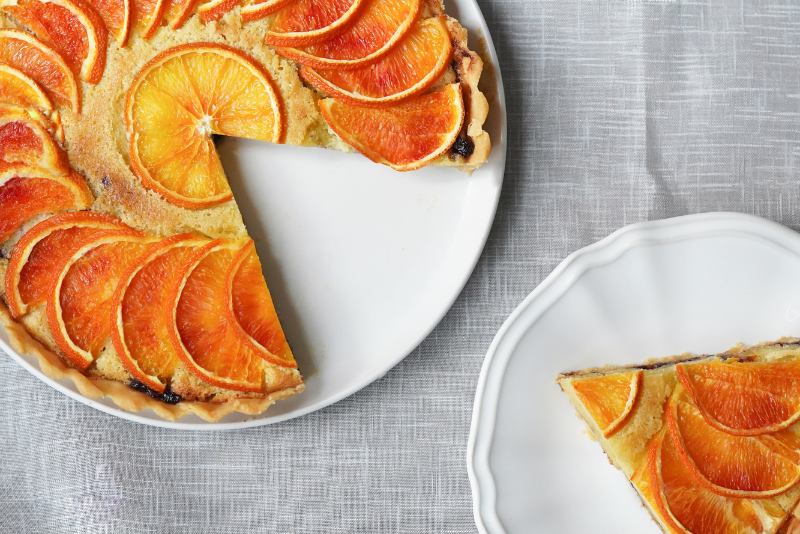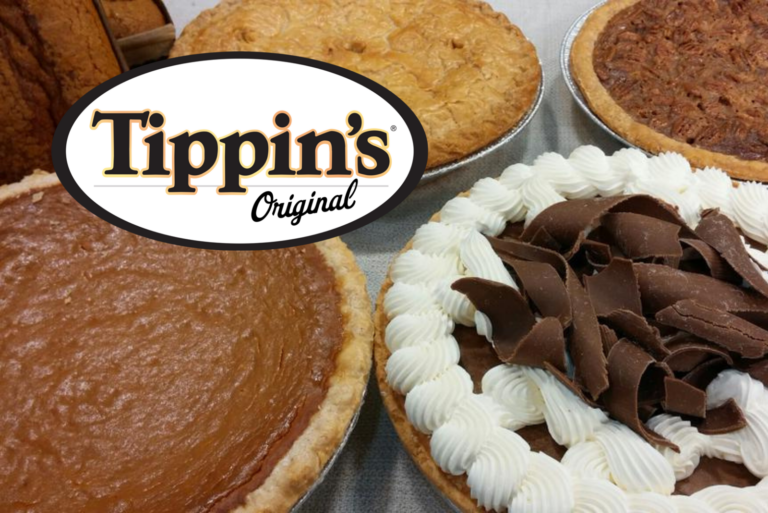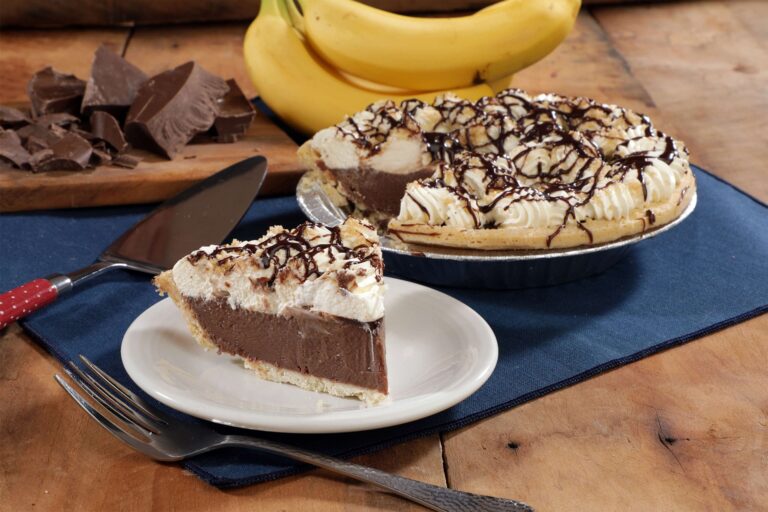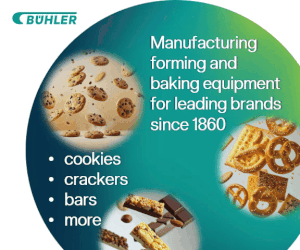By the numbers, pies are enjoying scattered growth in some sectors and seeing declines in others. Current sales of perimeter pies are $1.1 billion, a 5.5% dollar change vs. one year ago and a 5.6% change vs. two years ago. Center store pie sales account for $397.4 million, a 2.3% change vs. one year ago and a 16.1% change vs. two years ago. Current sales of frozen pie/pastry shells are $739.8 million, a 0.8% dip vs. a year ago, slowing a bit from the solid growth two years ago, which was an 11.3% change when stock-up shopping hit record levels.
Perimeter sales account for 50% of dollars, followed by frozen at 30% and snack-size pies at less than 8% in the category, which is a double digit decline from two years ago. The frozen category is lagging compared to the perimeter – up 1.9% vs. 5%.
Pie, like many other categories in the perimeter bakery, took a considerable hit during the pandemic. Department closures, low staffing levels and canceled celebrations quieted sales. Driven by a stocking-up mentality and an increased desire for indulgence, consumers looked for an alternative fix in frozen and center store.
By 2021, people were coming back to the store ready to partake in the fresh desserts from the perimeter bakery, with pies up 5% and holding steady. Frozen, on the other hand, has not sustained growth beyond the unique circumstances of 2020.
However, when it comes to online sales, frozen holds the potential to shine. Ecommerce is driving omnichannel growth in frozen pies, up 12%, a statistic in line with digital growth for food and beverage.
While 80% of dollars in the perimeter category are in store brand/private label, branded products also are making their mark. Kansas City, KS-based Tippins Gourmet Pies leads the branded pie category with $9.3 million in fruit, vegetable and nut pie sales. This is a $585,415 bump from the brand’s sales a year ago.
Although some dessert categories are showing growth in smaller and snack-sized serving options, the pie category is generally not one of them. In frozen, multi-serve is driving most sales in the category at roughly 84%. However, single serve is seeing more category growth, up 12%. In the perimeter, snack-size pies make up less than 8% of the category and have seen a 3% decline. This is also down by double digits vs. two years ago. In the center store aisles, however, snack pies are growing slightly, up 1%.
Accepted by consumers as a tried-and-true category, pie manufacturers may find their hands tied when it comes to exploring new flavors and innovation. This is shown through new items that account for only 15% of sales in the perimeter, according to IRI. In 2020, innovation contributed to a slightly larger portion of sales, and the top flavors of the year were apple (toffee apple streusel), pumpkin and cherry. The 2021 top flavors were strawberry, apple and lime.








